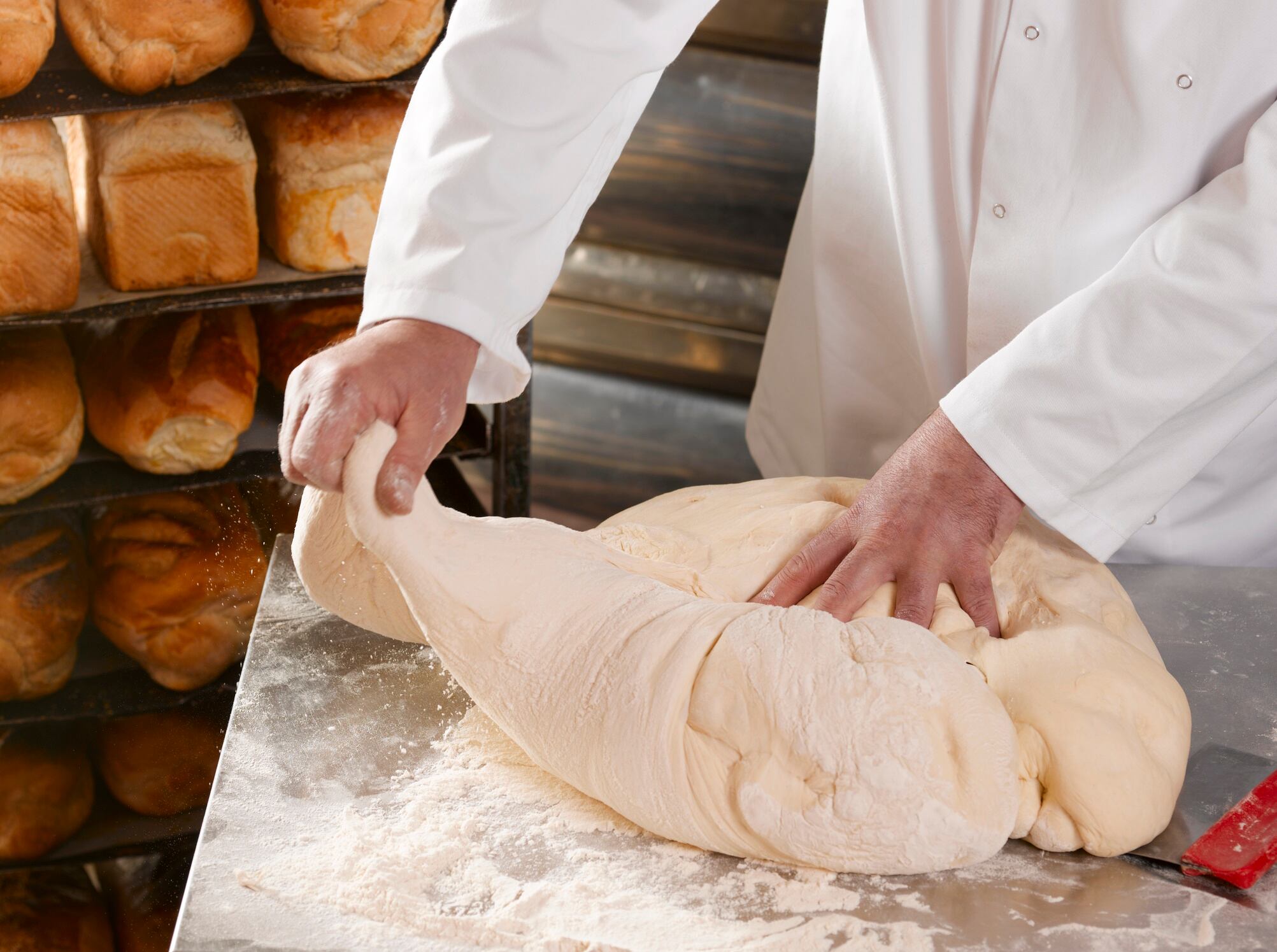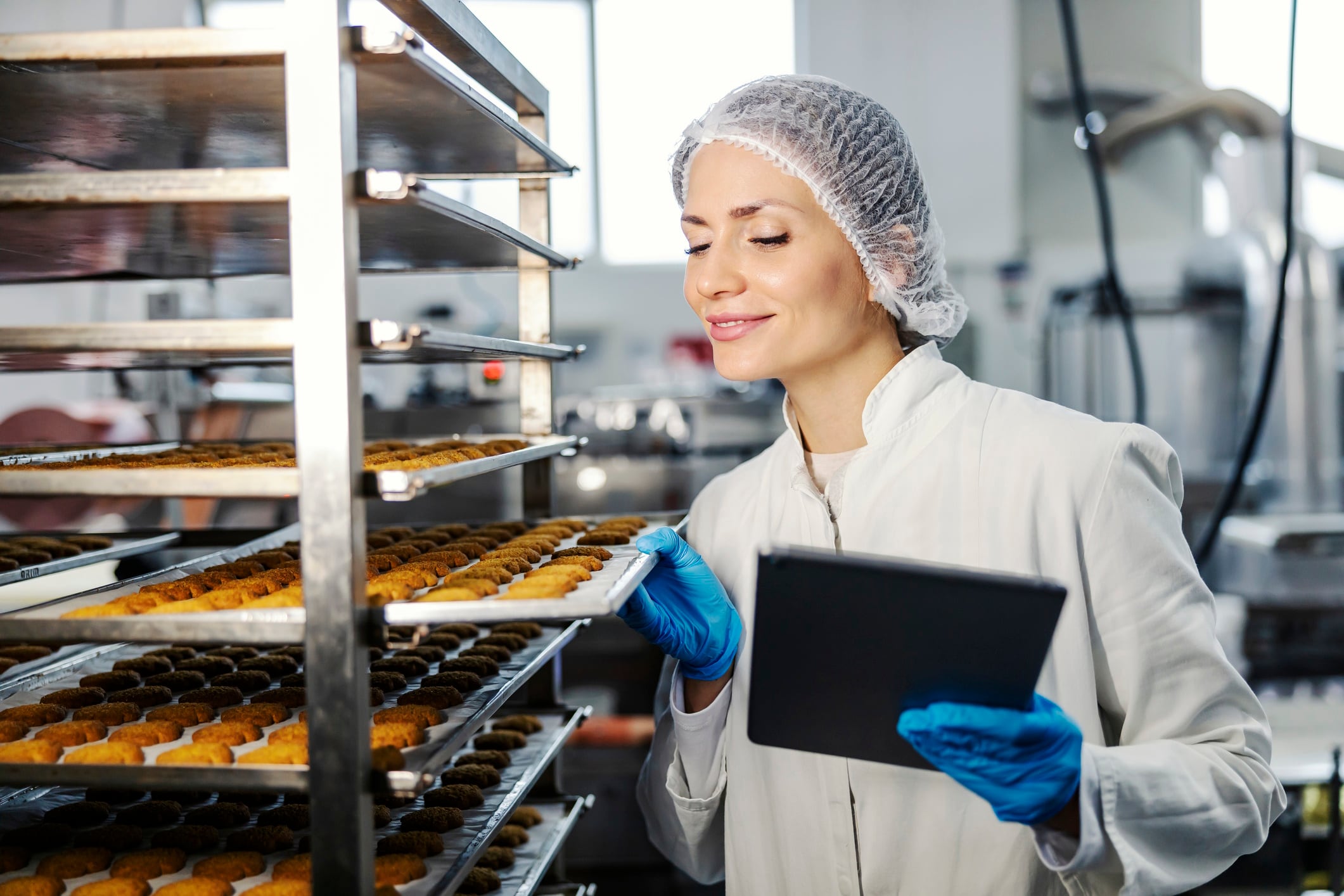For an industry built on precision, commercial baking still relies heavily on experience and instinct. But as seasoned bakers retire and production lines become increasingly automated, long-standing quality control methods are being pushed to their limits.
In response, a new generation of analysis tools is emerging – designed not just to test flour but to assess dough in real-world conditions. These systems offer bakers a more objective, measurable foundation for decisions that were once left to feel, judgement and gut instinct.
“Today, the people who could tell you with one touch whether a dough was right or wrong are leaving the workforce,” said Arnaud Dubat, business development director at KPM Analytics, in an interview at iba 2025. “And when they go, we lose more than experience – we lose the knowledge that keeps variability in check.”
“If we understand how dough behaves, we can intervene early and control outcomes with much more precision.”
Arnaud Dubat
The aim, Dubat explained, is not to replace that expertise but to preserve it. “We ask bakers to define what a good dough looks like and then we use tools to quantify that. Once the data is captured, those standards can be maintained, even if the people change.”
Beyond the flour

For decades, flour analysis has been the go-to method for predicting baking performance. But in Dubat’s view, that approach has serious limitations. “Prediction doesn’t work. We need to observe. We need to see how flour behaves in the actual process.”
Flour characteristics alone don’t account for what happens during mixing, proofing or baking – especially when modern formulations include enzymes, fats, sugars, or fibres. “A flour that works perfectly well in one plant can perform poorly in another. And too often, the flour gets blamed – when in fact it might be the process, the recipe or even a minor ingredient change.”
Simply put, flour testing only tells part of the story. The longstanding challenge in baking has been trying to predict performance based on flour analysis alone. But when you test both flour and dough – including how it interacts with salt, yeast, sugar, fat and improvers – you get a far clearer picture of how that flour will actually behave in production.
That’s why Dubat argues for complementing flour analysis with dough analysis. “Dough is the bridge between the raw material and the final product,” he said. “If we understand how it behaves – how it stretches, absorbs water or resists shear – we can intervene early and control outcomes with much more precision.”
Measuring what really matters
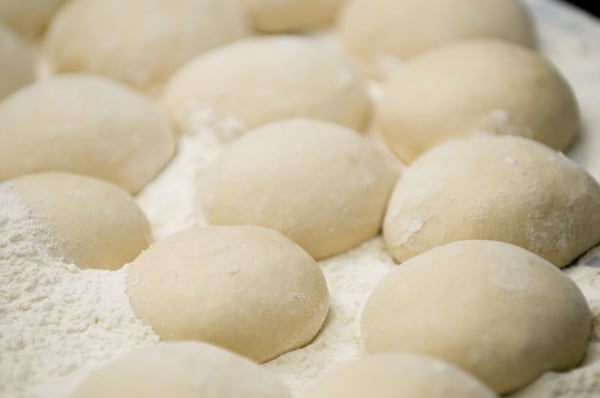
Advanced dough testing systems – such as KPM’s own Mixolab 300 – are designed to do exactly that. By capturing real-time data on dough consistency, starch behaviour and ingredient interaction, operators can establish a ‘green zone’ of expected performance. Any deviations from this zone become early indicators that something in the process or recipe needs attention.
“You’re no longer making assumptions,” said Dubat. “You’re making informed adjustments – whether that’s tweaking hydration levels or modifying mixing time.”
This type of insight is equally valuable for millers and ingredient suppliers. One customer, Dubat shared, used the Mixolab 300 to validate a formulation change and safely substitute a lower-cost ingredient, resulting in a €15,000 saving. “They wouldn’t have dared make that change before but now they had the data to back it up.”
For millers, dough analysis opens up new possibilities for aligning flour specs with real-world performance. “Today’s specifications still focus heavily on protein content,” Dubat noted. “But starch plays a huge role in dough behaviour and most of the time it’s not even measured. Then we’re surprised when flours that are technically within spec fail on the line.”
Overcoming the adoption barrier
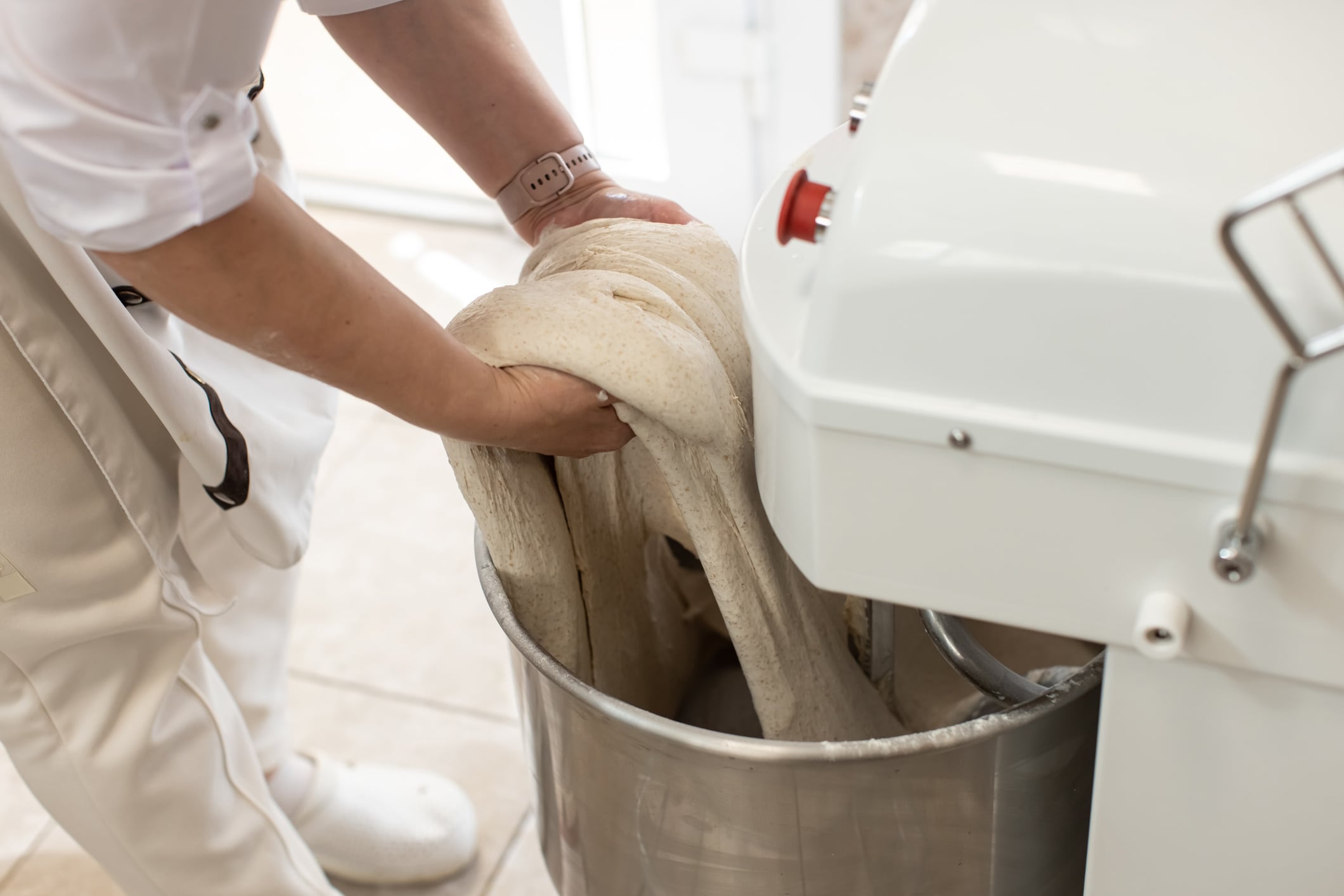
Despite the promise of more comprehensive analysis, uptake has been gradual. According to Dubat, one of the biggest hurdles is the industry’s ingrained conservatism.
“When we introduce these tools, some people still ask, ‘Can I get the same result I already get from my current equipment?’ But if those results were working, we wouldn’t still have so many problems with consistency.”
He believes attitudes are beginning to shift, especially since COVID-19 forced many bakeries to reassess their reliance on manual expertise and build more resilience into their systems. “Since the pandemic, we’ve seen a steady increase in interest. The industry is realising that the old ways aren’t enough.”
Baking in the age of automation
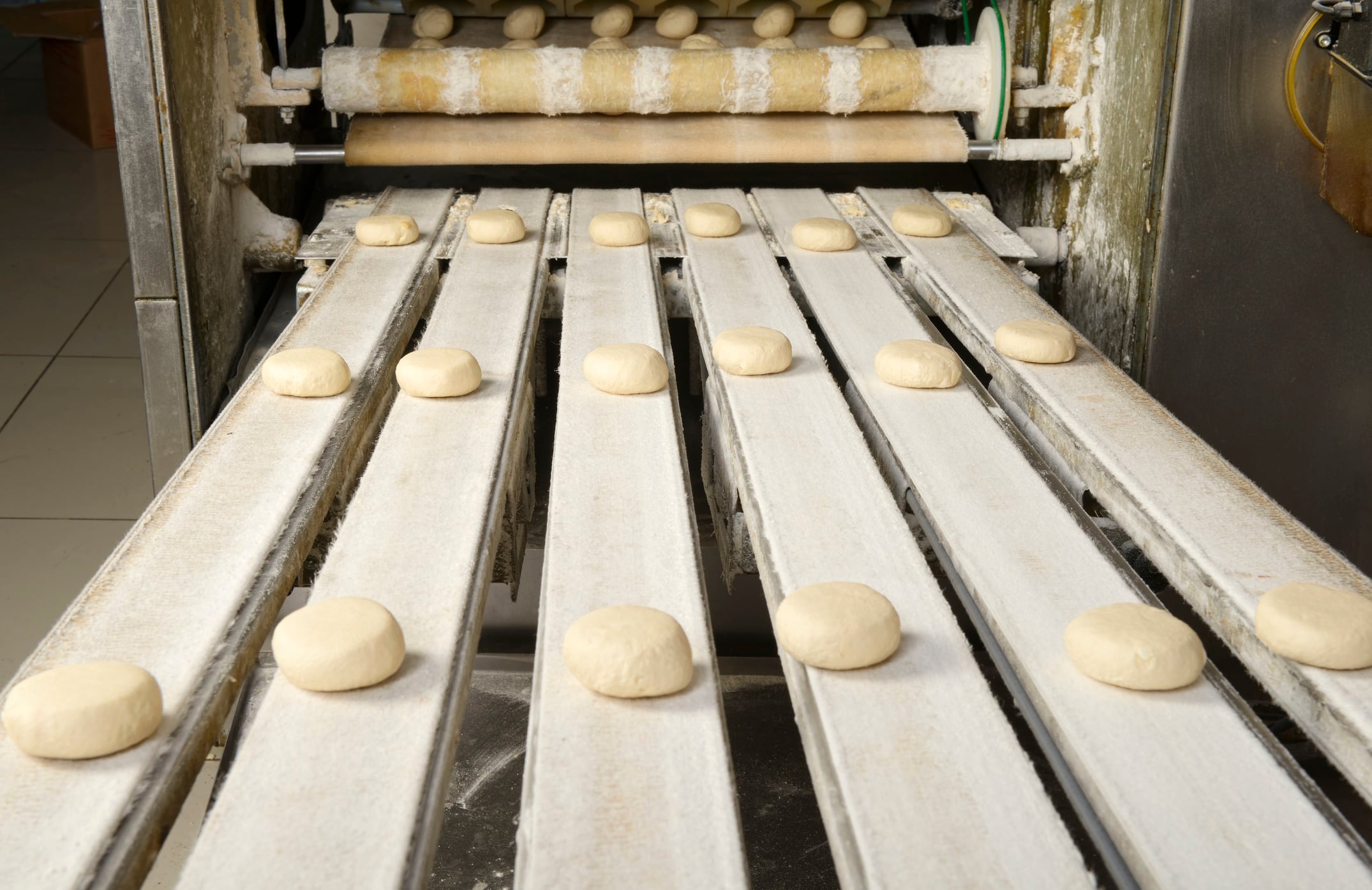
As production environments continue to evolve, data is becoming a critical ingredient in ensuring quality. “In some industrial bakeries, you hardly see anyone on the line anymore,” said Dubat. “But that means the ability to detect and respond to issues – especially with dough – has to come from the system itself.”
This is more than just a technical shift; it’s a cultural one. “It’s not about abandoning tradition. It’s about giving people better tools – so decisions are based on insight, not trial and error.”
In a sector where margins are tight and variability is costly, bakers can no longer afford to rely on guesswork. Dough behaviour data offers a practical way to preserve expertise, fine-tune processes and futureproof production lines.
For today’s baker, it’s not just about how the dough feels; it’s about what the data says.


